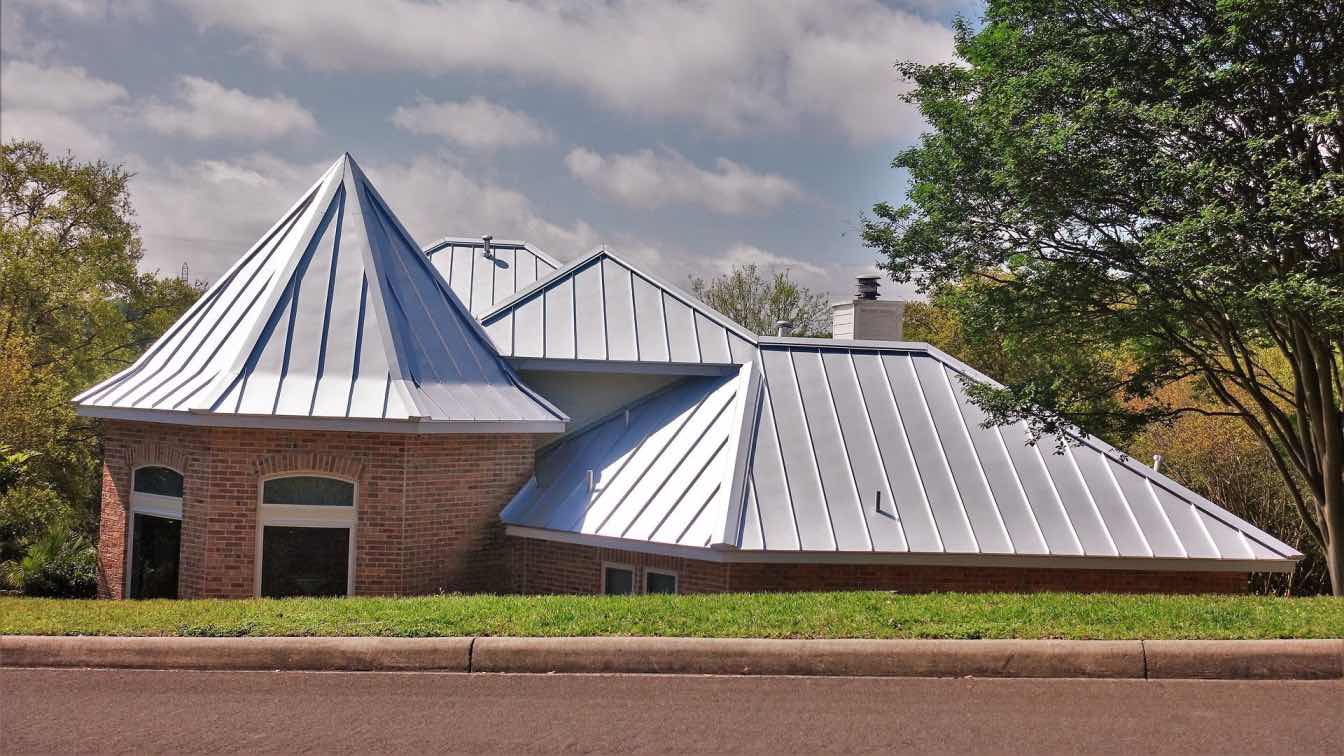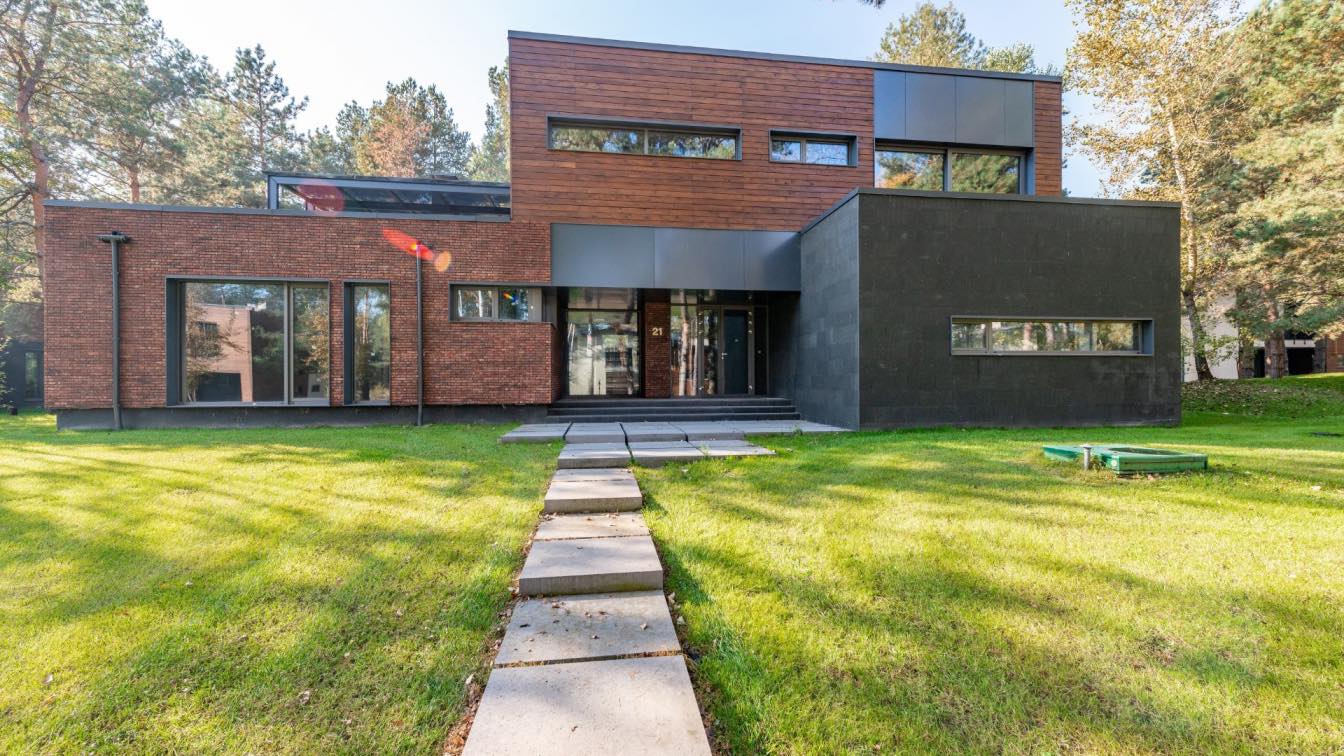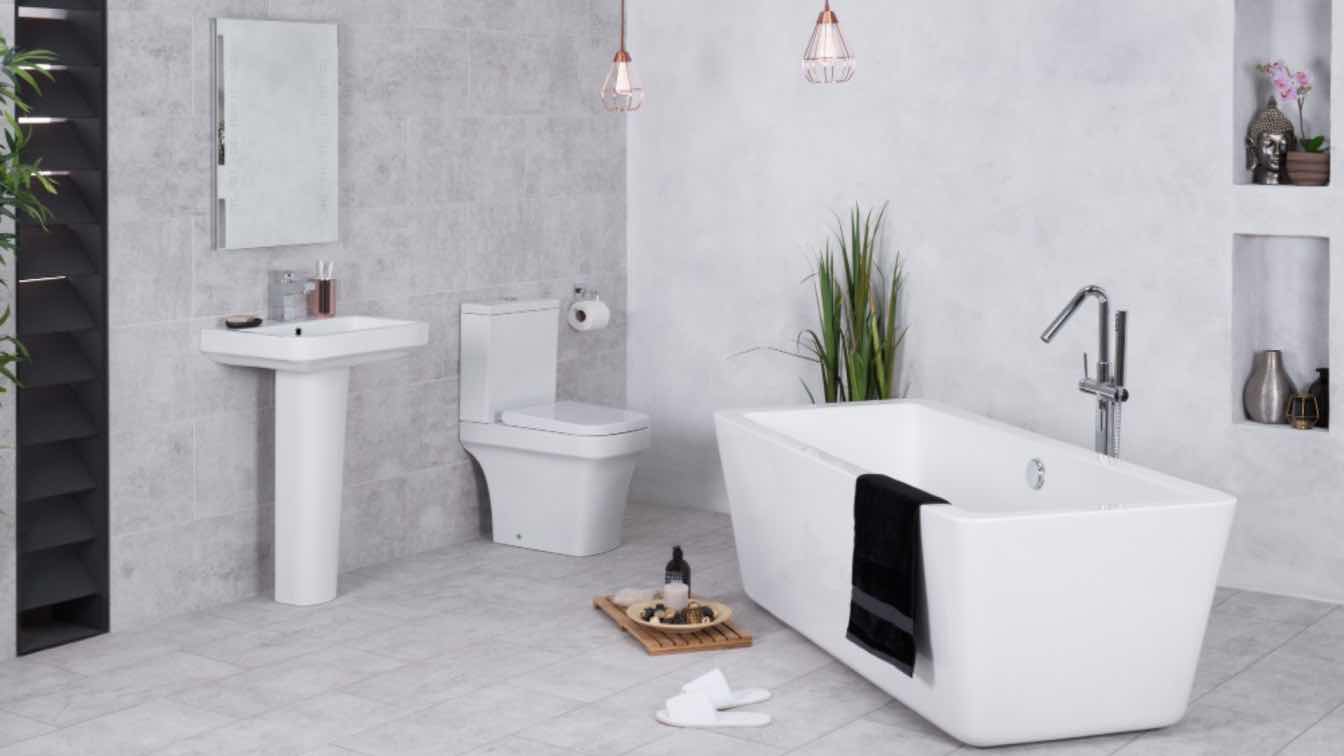Technology is reshaping the real estate industry. Advanced architectural visualization through 3D rendering, in particular, is making significant waves. This 3D tool is transforming how properties are presented, marketed, and sold.
Let's uncover how it is driving real estate forward.
What Architectural Visualization Means
Architectural visualization is the art of creating realistic, storytelling representations of buildings and spaces before they're built. It's where creativity meets technology, allowing architects, designers, and developers to bring their visions to life as influential representations.
Going beyond simple sketches and blueprints, architectural visualization offers a comprehensive view that can include lighting, textures, and even environmental context.
Advanced Architectural Visualization Solutions
The realm of architectural visualization is vast and continually evolving. Among the solutions available, 3D rendering stands out as a practical and useful tool. It injects realism along with a narrative approach into architectural concepts that were previously unattainable with traditional methods. Such capability makes it indispensable for developers to showcase and sell properties effectively and for architects to succeed in architectural presentations for municipalities, competitions, construction bids, and tenders and securing more projects.
Render Art Studio, who worked on projects for Google Quartier, Apple Stores, and more, uses storytelling techniques to create narrative 3D renderings based on architectural designs and client project specifications. This allows the 3D company to deliver real estate visualizations as attention-grabbing images by showcasing visually the value of unbuilt properties, which helps to sell and market them.
Here are some efficient solutions that the 3D company offers that are supporting real estate developers and property businesses:
3D Interior and Exterior Renderings
These narrative renderings create a tangible sense of space. For interiors, storytelling helps convey a sense of place and atmosphere, using lighting, textures, and decor to evoke specific moods or lifestyles. Whether showcasing a cozy living room or a sleek, modern kitchen, this approach turns spaces into lived-in environments where viewers can imagine themselves, making the design more relatable and impactful during investor and client presentations.
For exterior renderings, a storytelling approach emphasizes the lifestyle and emotional experience a design offers rather than just the architectural details. By incorporating narrative elements such as people representing the target audience, local characteristics, and sustainable design features, the rendering tells a story of how the space fits into its environment and enhances the lives of its inhabitants. For example, depicting a community gathering in a courtyard that reflects the local culture or highlighting green spaces that emphasize eco-friendly living connects the viewer to the values and context of the architecture.
This approach shifts the focus from the building itself to how it serves both people and the environment. By showcasing sustainable elements—like solar panels or rainwater collection systems—and integrating the architecture, community, and nature. Storytelling renderings are not just about visualizing the structure but about conveying how it enriches the local character and supports climate change.
Aerial Renderings
These renderings offer a bird's-eye view of properties and developments. They are particularly useful for large-scale projects, providing context and showcasing the property's relationship to its surroundings.
Some of the key benefits of aerial renderings include:
1. Efficient communication of the scale and scope of a project.
2. A comprehensive view of site context, showcasing amenities and features across large properties.
3. Improved project visualization, emphasizing landscaping and outdoor features.
4. Enhanced spatial understanding, providing valuable context for location and accessibility.
5. Supporting planning and approvals by assisting in communicating plans clearly to city officials, planners, or community members during the approval process.
6. Creating easily understandable presentation materials for master-planned communities and citizen participation.
7. Increased marketing appeal by providing visuals that can be used in presentations, advertisements, or promotional materials to attract investors or buyers.
3D Floor Plans and Section Renderings
These go beyond traditional two-dimensional plans, offering understandable views of a property’s layout. Clients can explore different apartments or commercial units, understand spatial relationships, and appreciate the flow of the design. This is particularly useful in showcasing the functional aspects of a property, helping clients make informed decisions.
3D Virtual Tours with 360-Degree Panoramic Views
Virtual tours take prospective buyers on an immersive journey through the property. With 360-degree panoramic views, users can navigate through rooms, experience the ambiance, and get a feel for the space as if they were physically present. This technology is especially powerful for off-plan developments, providing a realistic preview of what’s to come.
How Architectural Visualization Maximizes Real Estate Investment Potential

Architectural visualization does more than just illustrate what a project will look like. It also mostly maximizes real estate investment potential in several ways.
Enhanced Design Processes: Visualization tools allow architects and designers to iterate quickly, test different concepts, and refine designs with unprecedented efficiency. This leads to more efficient and well-thought-out architectural solutions, as potential issues can be identified and resolved early in the design phase.
Improved Client Communication: Complex architectural concepts can be challenging to convey through traditional means and ununderstandable technical plans. Advanced visualization techniques bridge this communication gap, allowing clients to understand and engage with proposed designs fully. This leads to better collaboration, fewer misunderstandings, and, ultimately, more satisfied clients who make decisions quicker while also supporting real estate developers in closing deals faster.
Streamlined Marketing and Sales: High-quality visualizations are visual marketing tools. They can generate excitement about properties that haven't been built yet, attract potential buyers or tenants earlier in the development process, and showcase properties to a global audience without the need for physical site visits. This is especially true with storytelling renderings, which allow potential clients to envision them in the future space and make buying decisions quicker.
Cost and Time Savings: By identifying design issues early and reducing the need for physical mockups, advanced visualization techniques can lead to significant cost and time savings in the development process. This efficiency allows for more resources to be allocated to quality improvements and better ROI at the end of the day.
Sustainability and Environmental Planning: Visualization tools enable better planning for sustainable design features and environmental impact. Architects can more accurately model how a building will interact with its surroundings, optimize for energy efficiency, and present the long-term effects of their designs on the local ecosystem in terms of profitable city investment.
Conclusion
The integration of advanced architectural visualization solutions is heralding the maximization of real estate investment potential in the properties industry. Storytelling and realistic 3D renderings, in particular, are transforming how we design, market, and interact with architectural spaces.
For real estate professionals, embracing these solutions means streamlined marketing, sales, and property development presentations. For clients, this means an enriched experience that bridges unbuilt projects with their aims for future home or commercial property investment.
By leveraging the potential of advanced visualization, the real estate industry is not only enhancing its current practices but also paving the way for a more innovative, efficient, and client-focused future, along with maximization of investment potential in terms of budget and in terms of climate influence and sustainable ROI.





